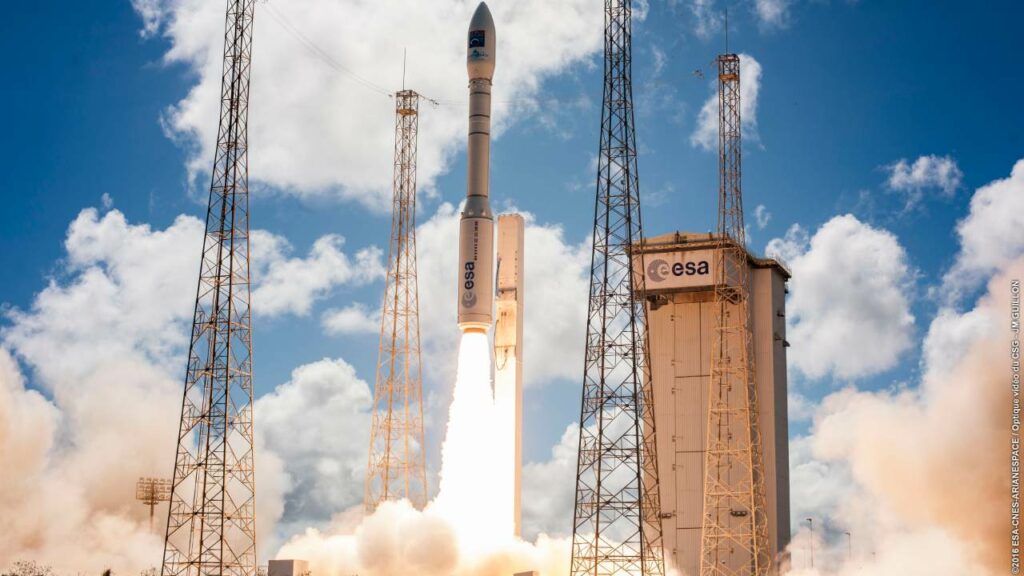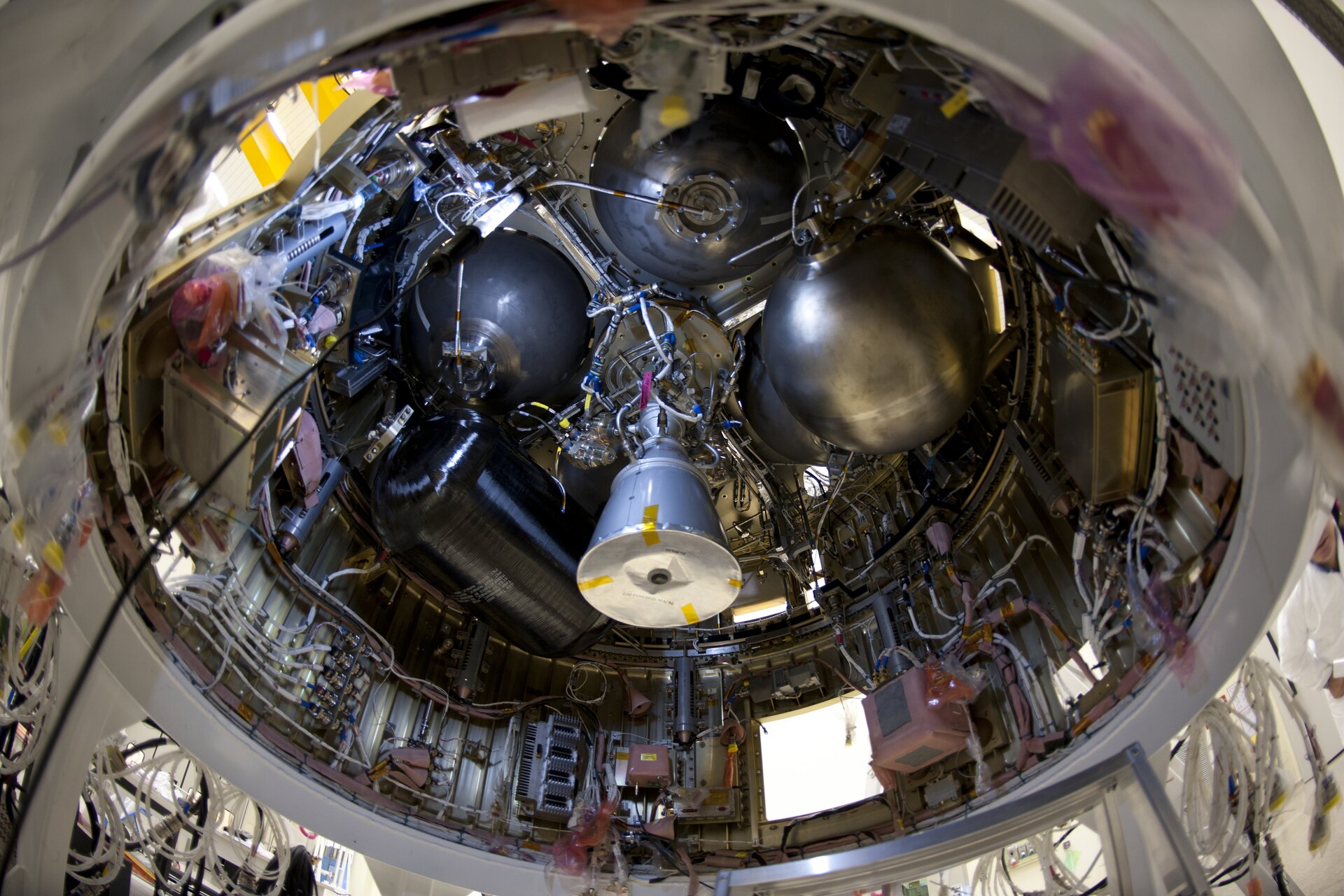Two of the four propellant tanks needed for the upper stage of the European Vega rocket were mistakenly thrown into a landfill. This is reported in the publication European Spaceflight.
Rocket with Ukrainian engine
The Vega rocket was developed by the Italian company Avio. It has a four-stage design and can carry up to two tons of cargo into low-Earth orbit. The first three stages of the carrier are equipped with solid-fuel engines. The fourth stage of Vega is liquid. It is equipped with the Ukrainian RD-843 engine. It was developed by YUZHNOYE SDO and built by the Production Association Yuzhny Mashinbuilding Plant. Its distinctive feature is the possibility of multiple launches during flight (up to 5 inclusions). Due to this, Vega can provide satellite deployment in different orbits.

A few years ago, Avia began the transition to a new modification of the rocket called Vega-C. Therefore, the company now has the last copy of the original Vega at its disposal. It was planned to launch in the spring of 2024. The purpose of the mission was to launch the Biomass satellite for remote sensing of the Earth into orbit. However, this mission seems to be either postponed or will not take place at all. The fact is that, according to the publication European Spaceflight, two of the four propellant tanks of the upper stage of the Vega were mistakenly thrown into a landfill.
Space sloppiness
It was reported that the ill-fated tanks were located in the Avio production department in Colleferro, where repairs were carried out. As a result, after the repair work was completed, it turned out that both tanks were missing. In the end, the company’s specialists managed to track them down. It turned out that the tanks were simply thrown into the landfill. There they were crushed, and only fragments remained of them.

Since Avia has already closed all Vega production lines, the company does not have the opportunity to manufacture replacement tanks. In this regard, the company is considering two options for saving the mission. The first is to take the tanks that were used to conduct qualification tests before the first Vega flight in 2012. The problem is that they have been in stock for ten years, and therefore specialists cannot guarantee the integrity of some components.
The second option is to install components from the Vega-C rocket on the stage. However, since they are not intended to be shared and have not passed “compatibility” tests, this will essentially turn the launch into a test flight — with a payload worth 229 million euros on board.
An alternative to these two options is to launch the Biomass satellite on another rocket. However, Europe simply does not have its own carrier right now. Аriane 6 will debut no earlier than the middle of next year, and the queue for its launches is scheduled for several years ahead. As for Vega-C, its last launch ended in an accident, which put the future of the rocket in doubt. In theory, the ESA can turn to SpaceX for help. However, such a decision would be another big blow to the reputation of the European space industry. In this regard, the fate of Biomass is still in limbo.
According to https://europeanspaceflight.com
Follow us on Twitter to get the most interesting space news in time
https://twitter.com/ust_magazine


